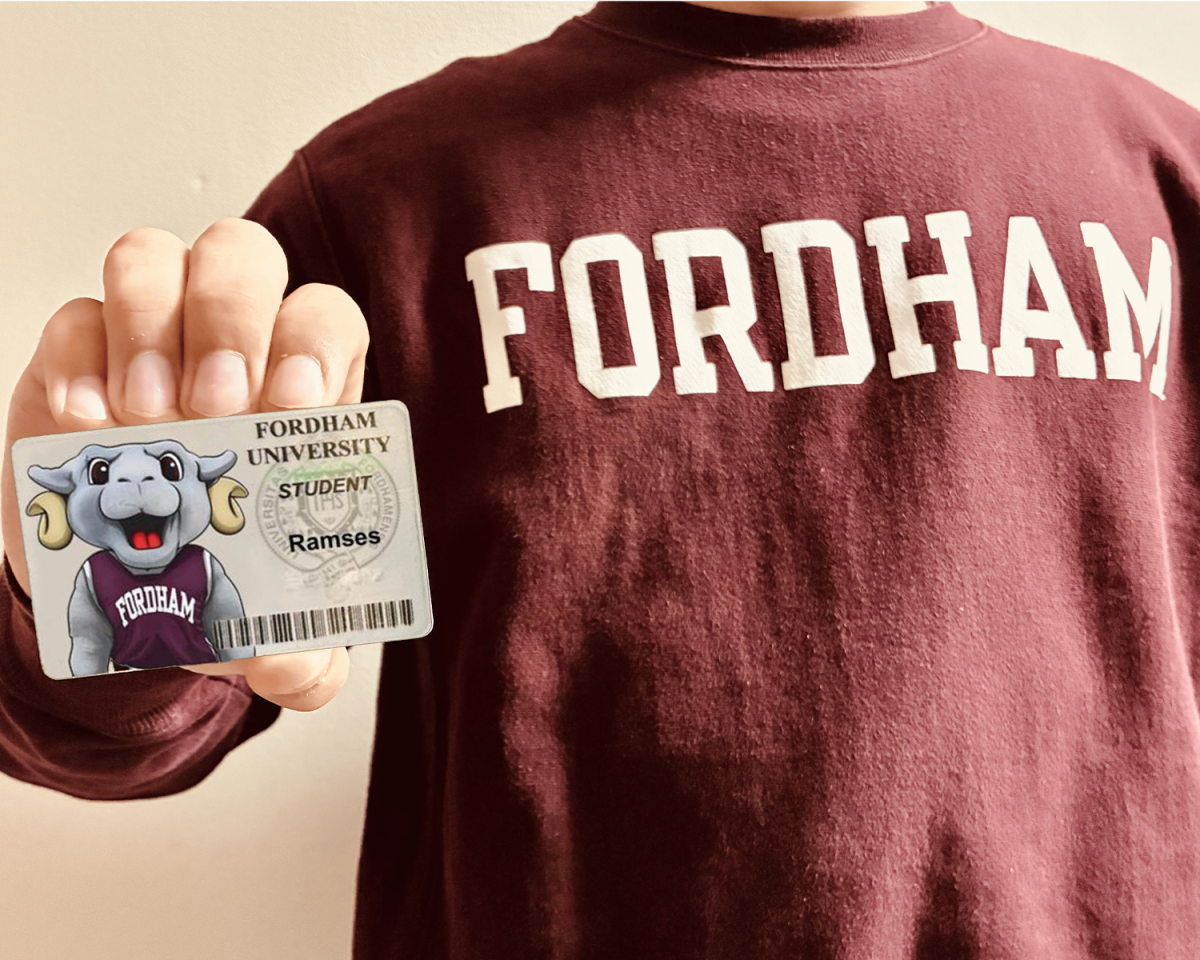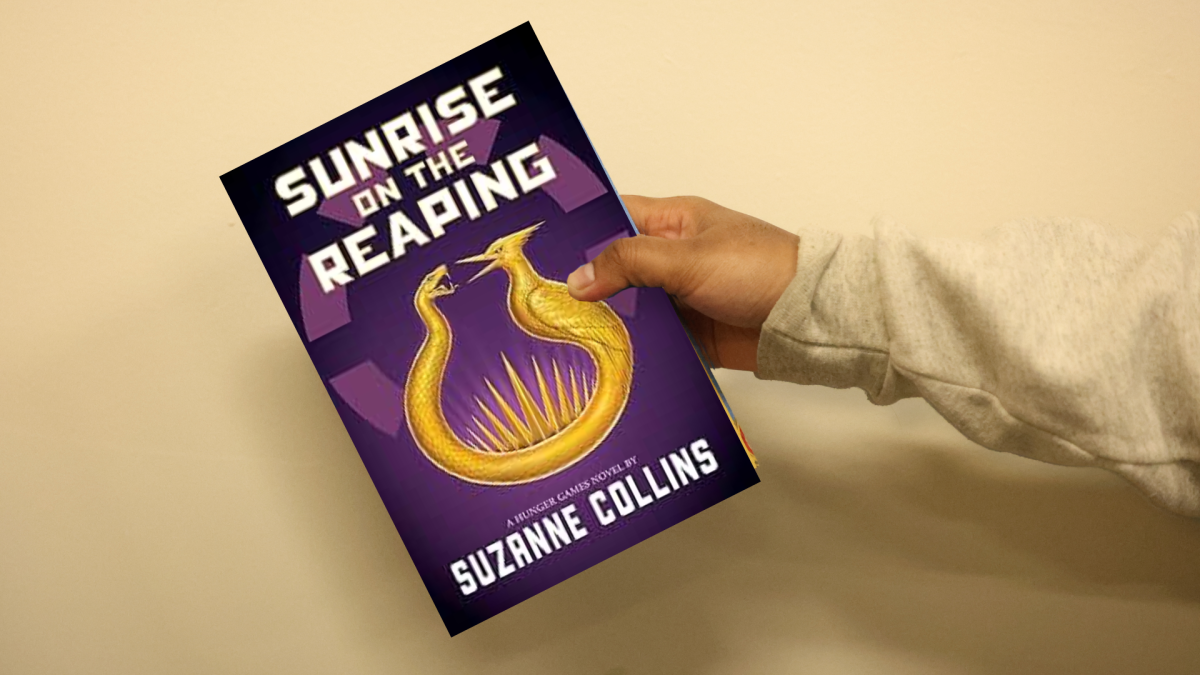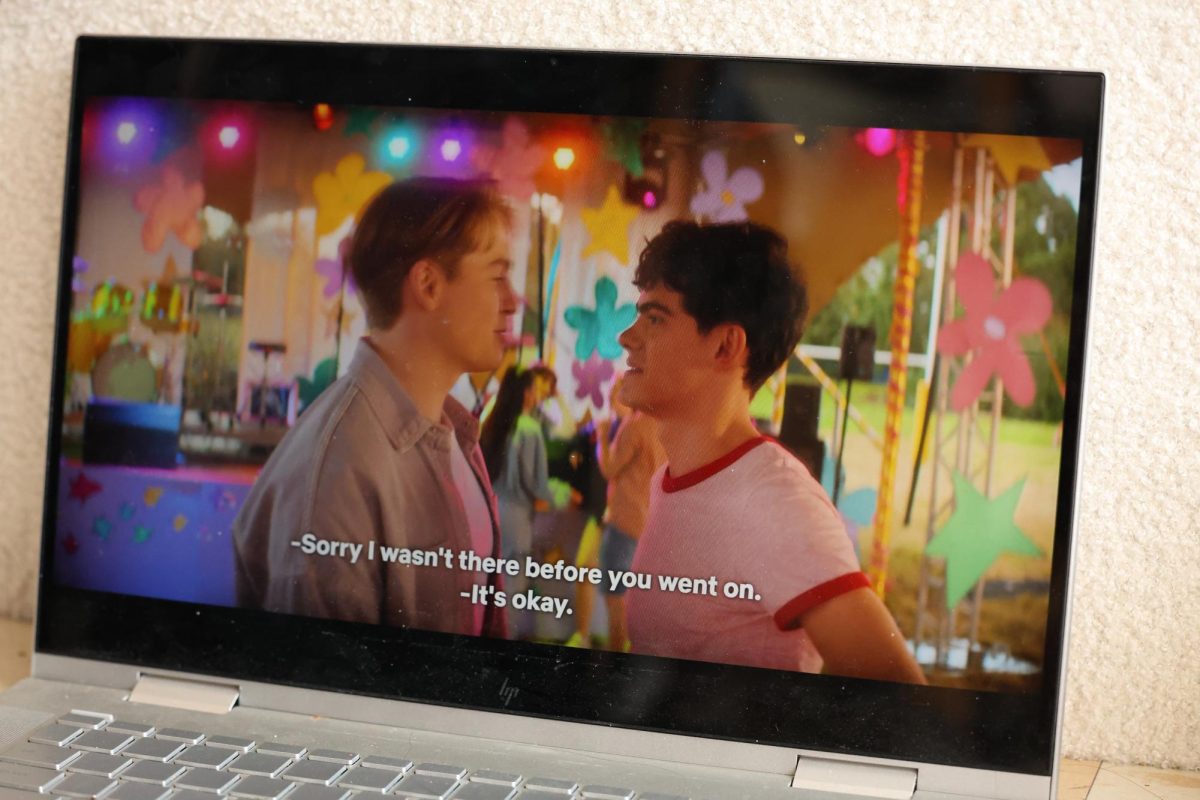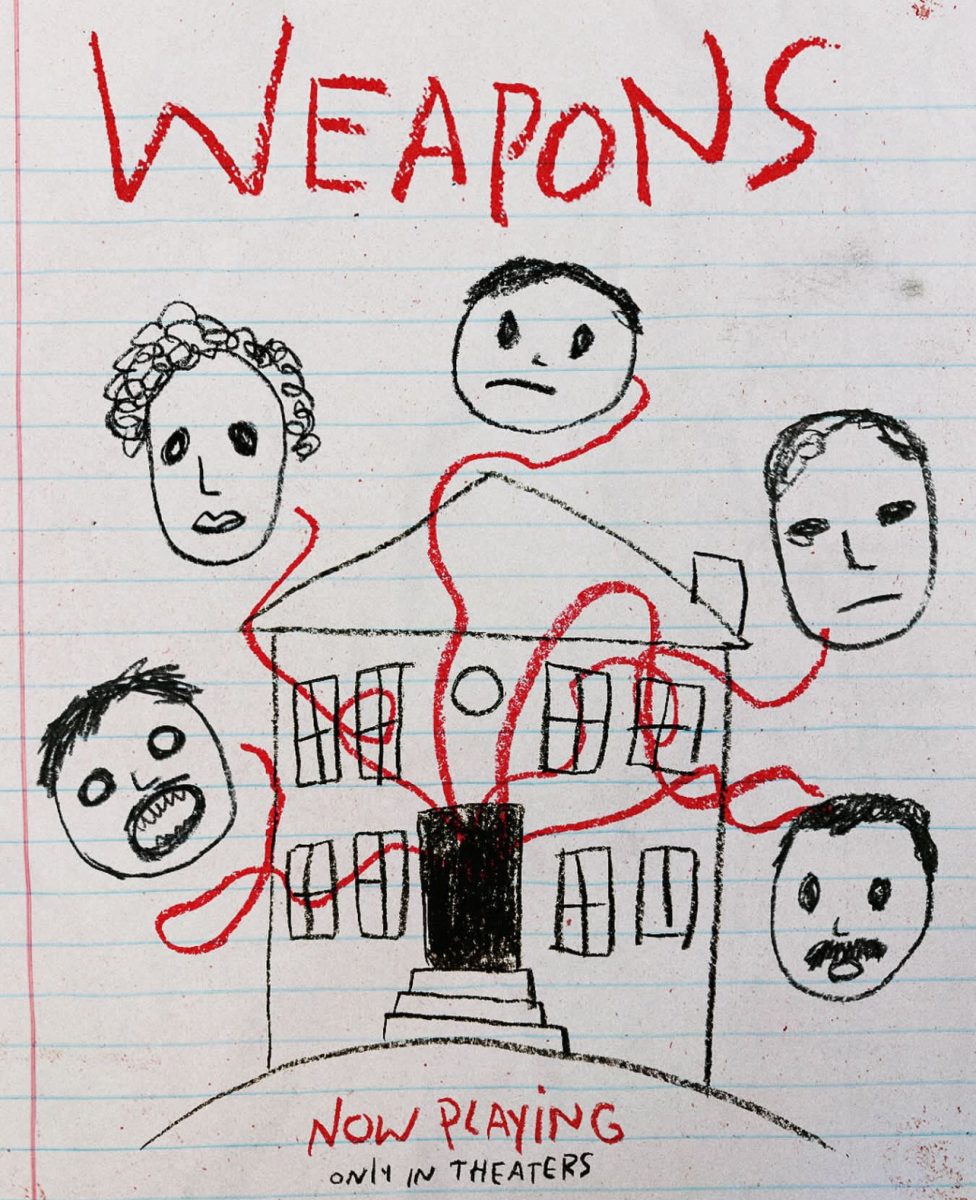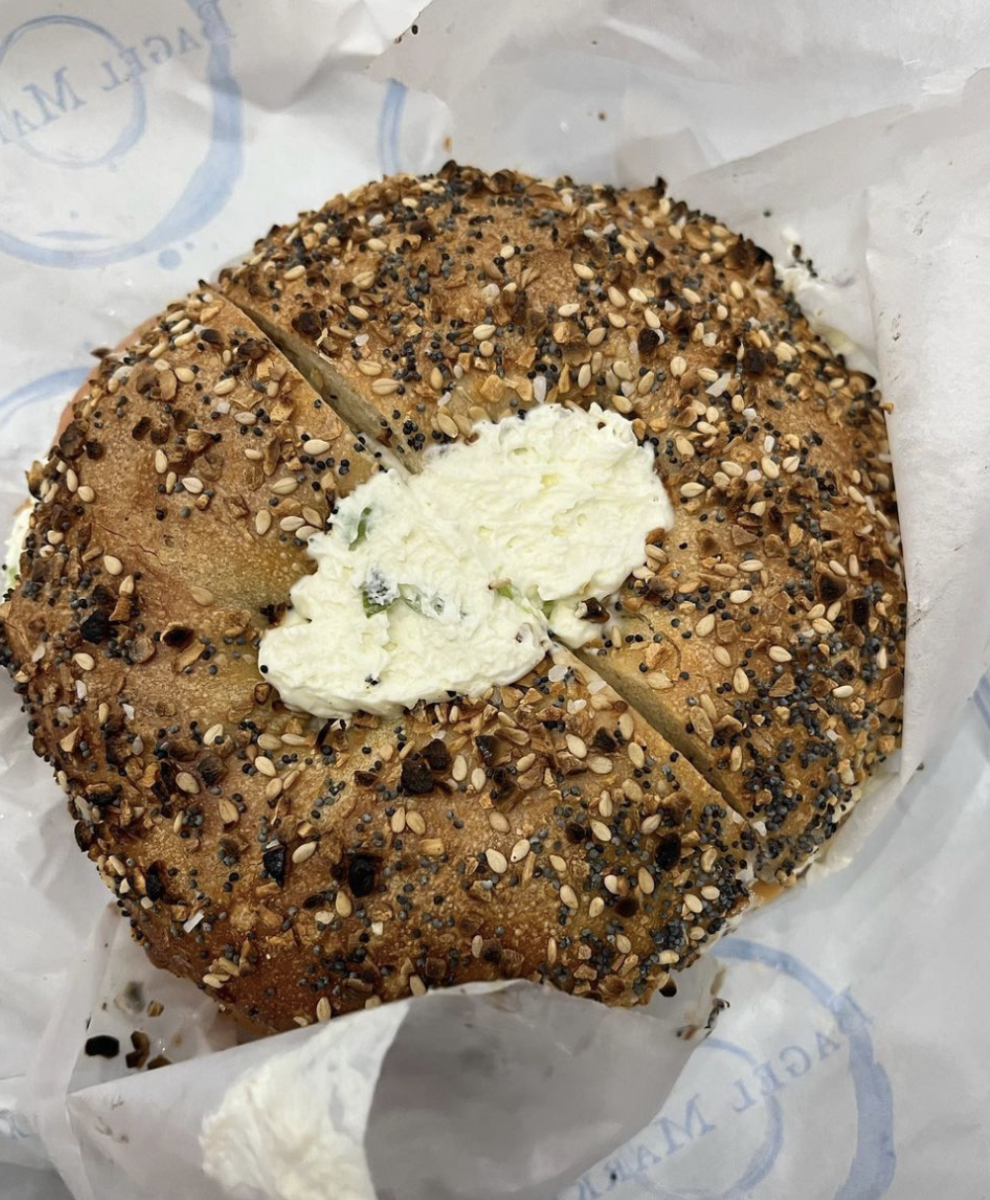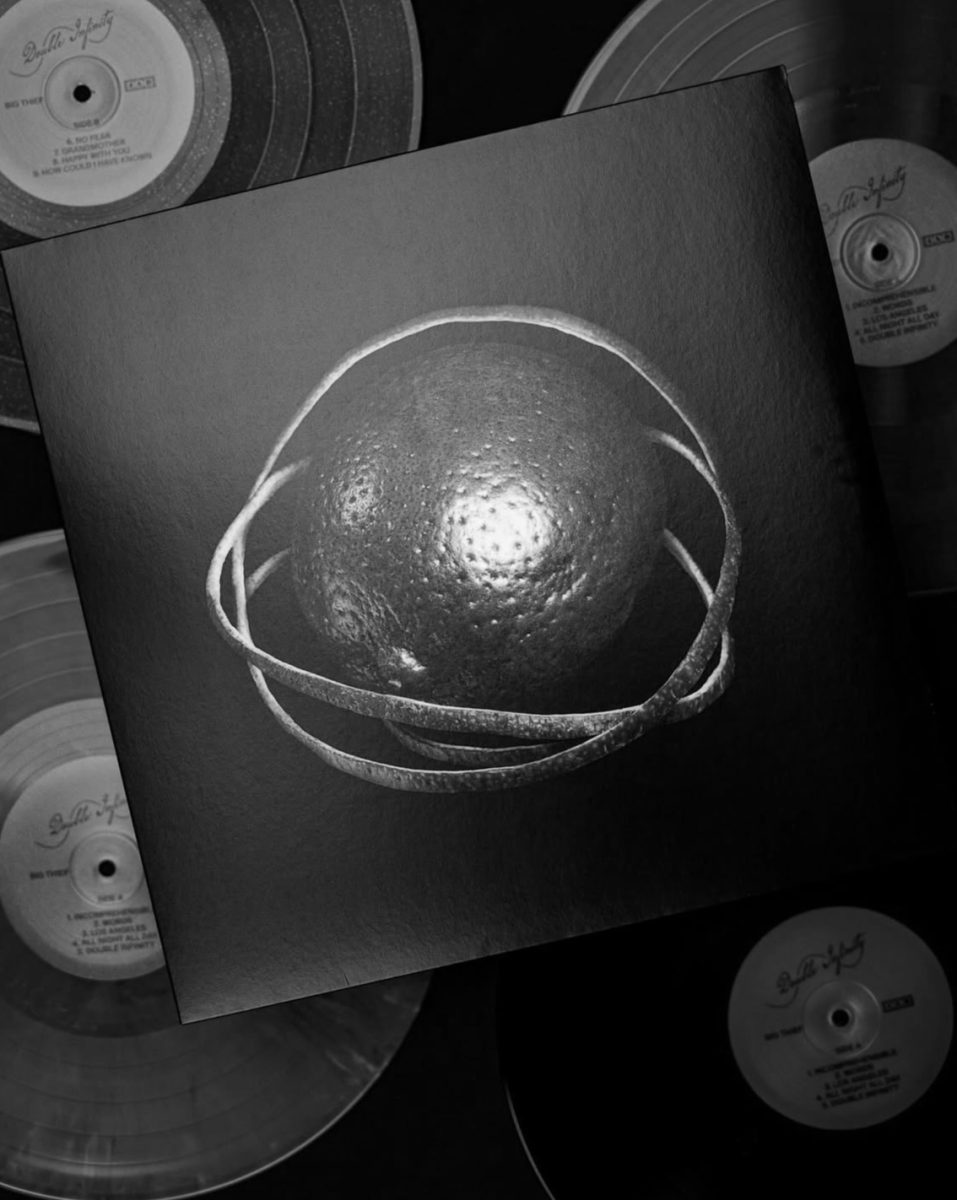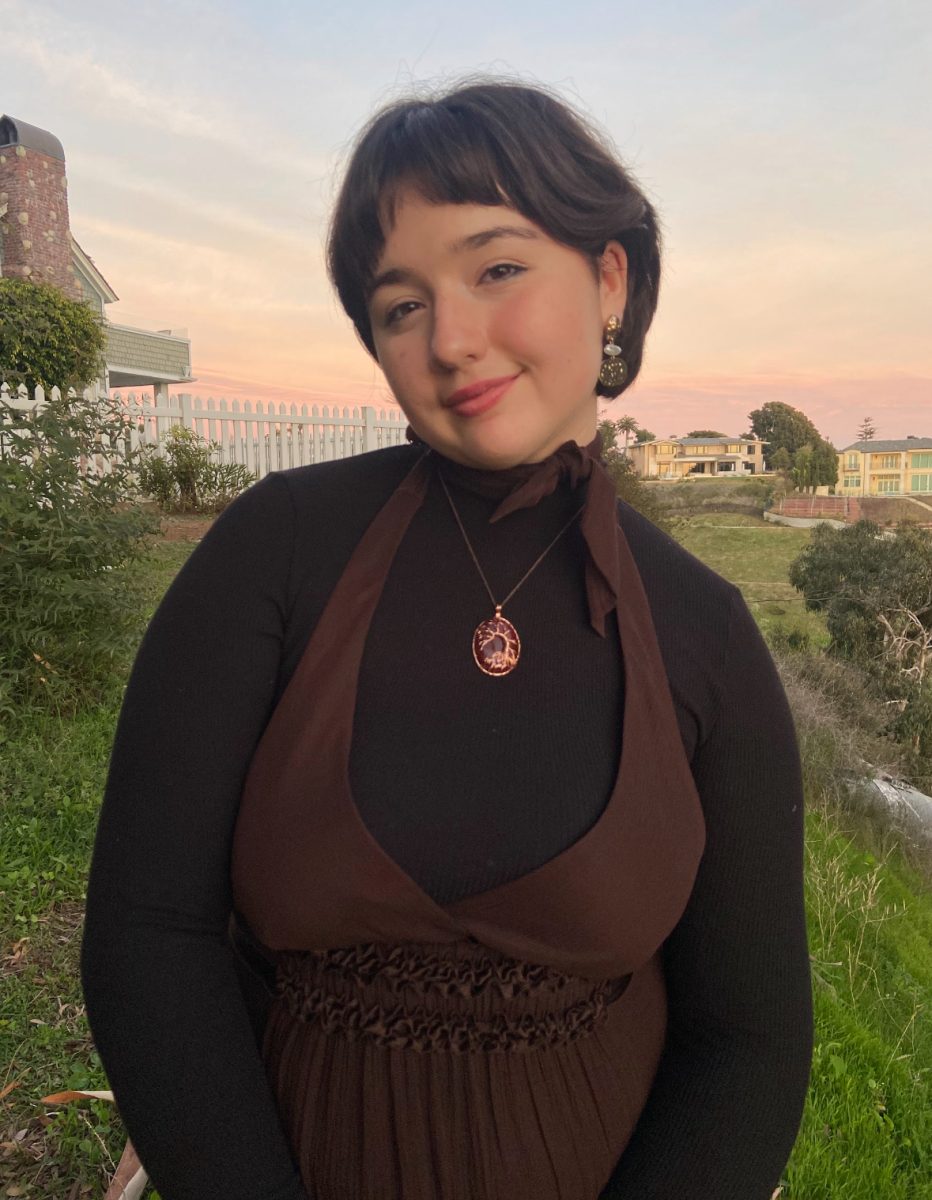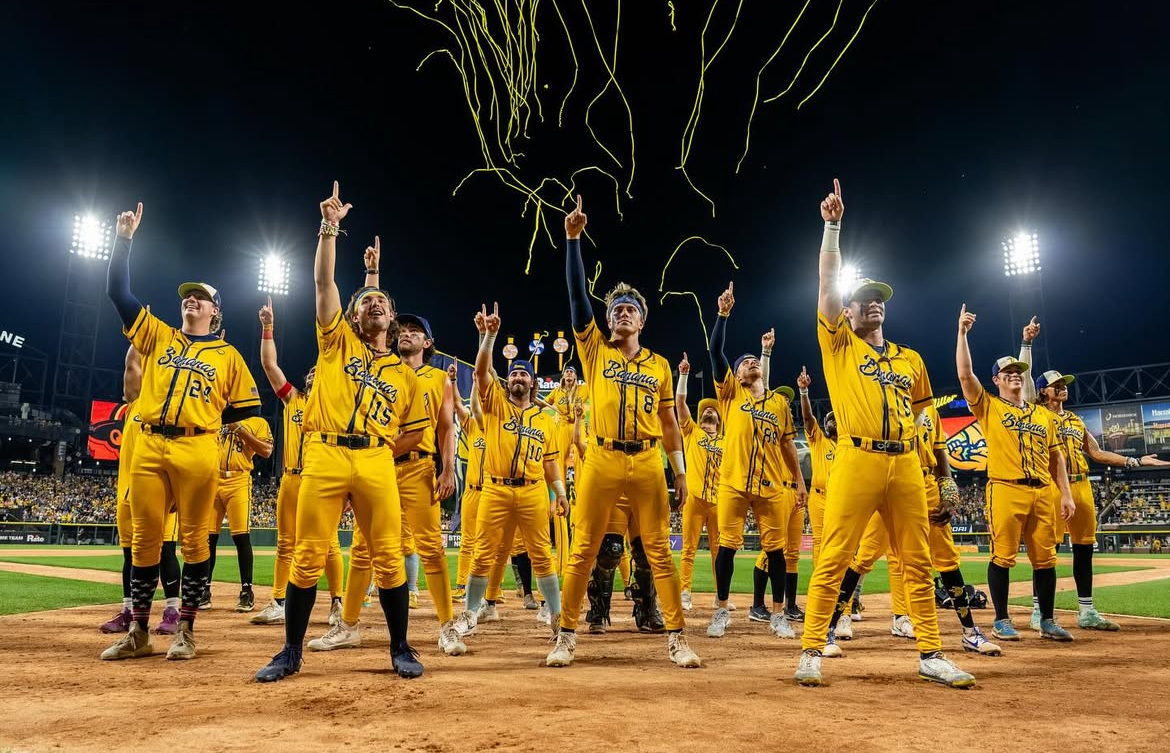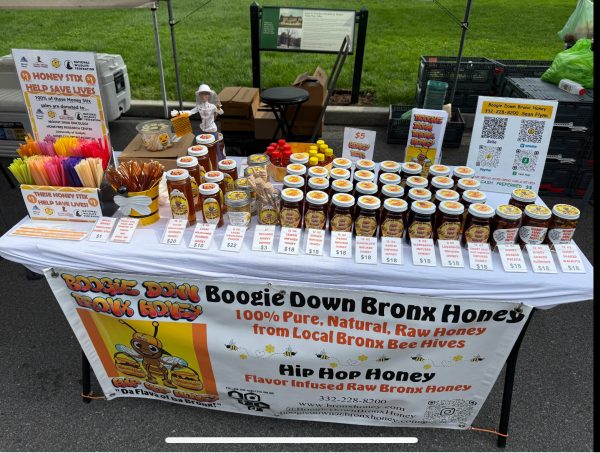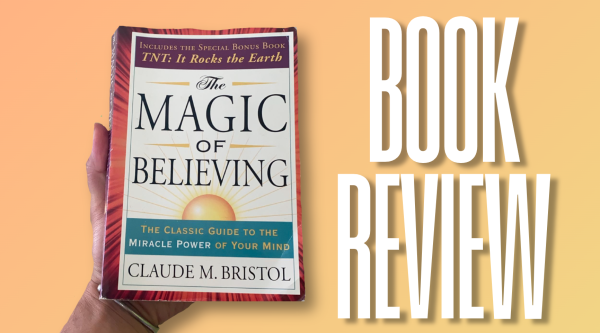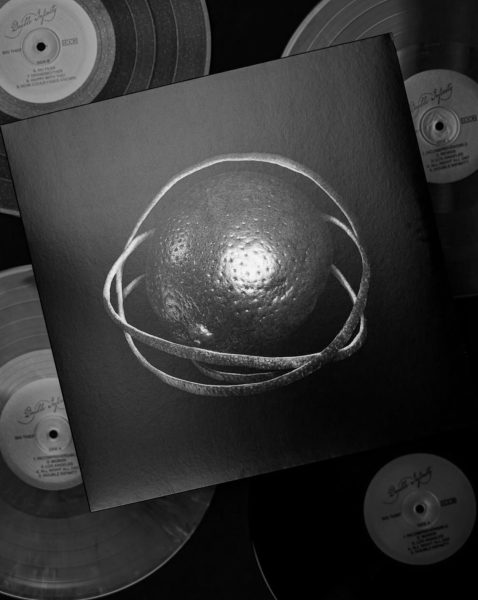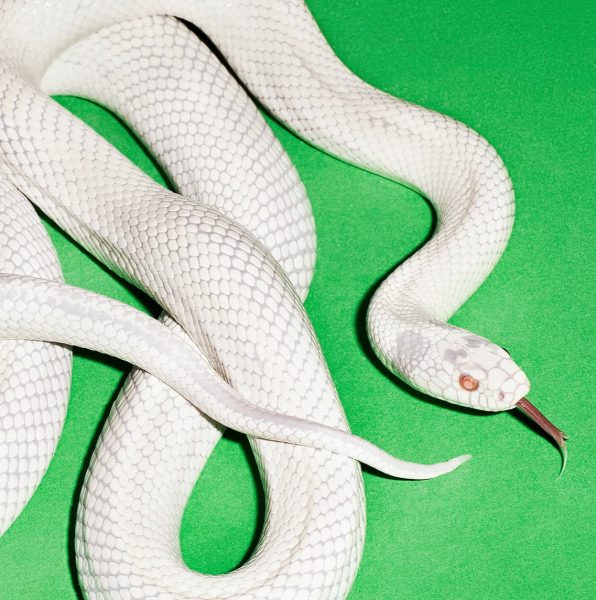Samia’s “Honey” at the Sticky Surface of Intimacy
“Honey” combines indie-pop with minimalist laments to discuss intimacy in one’s twenties. (Courtesy of Twitter)
On Jan. 27, “Honey,” the long-awaited sophomore album of singer-songwriter Samia, finally released. Her 2020 debut, “The Baby,” was the soundtrack to many aimless drives and too-long showers in my freshman year of college; needless to say, I found myself terribly excited and bracing for what I thought would be a devastating impact. Though I remain a Samia fan, “Honey” definitely diverges from the driving ballads and sharp specificity many had come to associate with her music, alternating indie-pop dance songs with more muted, minimalist laments that paint an abstract picture of the intimacies of your early twenties. And while I did enjoy many of the songs, I find the album lacks the focus of her previous work, gesturing towards openness and honesty but pulling away suddenly at its surface — leaving us without understanding.
The album opens with its leading single, “Kill Her Freak Out,” over a haunting, sparse organ line and the occasional swell of vocal effects. Samia sings of a fleeting domestic scene between a past lover and their new partner, followed by the sarcastic desperation of the refrain: “I hope you marry the girl from your hometown/and I’ll f**king kill her, and I’ll f**king freak out.” While I appreciate the strength and self-awareness of her emotions, I am left wanting to know where this feeling comes from: the song sprawls into a tangential anecdote about losing a state ID and merely repeats the refrain once more. “Kill Her Freak Out” is symbolic of the oxymoronically vague specificity that appears throughout “Honey”: Samia intersperses several personal details and references to loved ones throughout the record, yet doesn’t necessarily give voice to their unique significance. “Sea Lions” exemplifies her sharp, almost photographic memory: the lines “I remember it June, 7 p.m./eating pasta, watching your screensaver/sea lions swim/wear my hat that you hate to the party” are interrupted by a jolt of distortion that leads up to what most listeners would assume is a cathartic breakdown. Instead, a jaunty, dance synth beat follows for two entire minutes, interrupted by disembodied voice chanting phrases from a word association game. Think “Fitter Happier” by Radiohead, but if Thom Yorke programmed the robot to say “Joker, why so serious?” (I’m not kidding). The song, “To Me It Was,” starts off with the mention: “Everything with David is gonna be fine/don’t freak out it’ll be alright.” Throughout the song’s discussion of the second coming of Christ, “finding a needle in a stack of needles” and a reference to Def Leppard’s 1987 hit, “Pour Some Sugar On Me,” David disappears. I am left crudely and simply wondering: Where did he go? Who is David? (Perhaps I get too easily hung up on the minute details of things.)
Even the production of the songs seems a bit confused — the song “Amelia” is stuffed with vocal effects and buzzing synths, so much so that its meaning is completely obfuscated. I don’t mean to imply that I think these are poor choices — these songs are collages of her experiences, a scrapbook of her emotions and should reflect what she wants to tell the world. But as an uninformed listener, self-centered as I am, it becomes difficult for me to understand where she’s coming from if I have no idea who these people are, what they mean to her and how they connect together. These songs are clearly meant to tell a story — whatever that story is collapses from the weight of their details, dangling on the edge without a throughline to hold them together.
Despite this overarching concern with many of the songs on “Honey,” I found myself enjoying a number of the songs on the album, especially the moments on the record where Samia strips back the production, letting the raw power of her voice and her innermost fears shine. The song “Pink Balloon,” featuring a muted and beautiful piano performance from one of my favorite songwriters, Christian Lee Huston, sees Samia lean into her natural honesty, asking, “How are you supposed to want to love me anymore?” in a soft, anguished tone. My favorite song on the record, “Dream Song,” swells and builds with resonant acoustic guitars and realizations of forgiveness: “when I finally forgive myself/I’ll be tired and sunburnt/tripping over Spanish moss.” Songs like “Charm You” and the title track, “Honey” are sweet indie-pop songs that extol the smaller, more beautiful moments of intimacy. But there are also moments of great anguish; “Breathing Song” details Samia’s experience recovering from an extremely traumatic period of her life, the fear rising in her voice with a repeated exclaim of “No, No, No” that erupts into a terrifying, piercing scream at the end of the song.
At her best, Samia makes her listeners confront that pit at the bottom of their stomachs, something everyone feels but never wants to name. “Honey,” while not exactly my cup of tea, is still a solid record and shows an artist who is seeking to explore their identity and sound, someone who feels deeply and is reaching their arms out to share with the world.





























